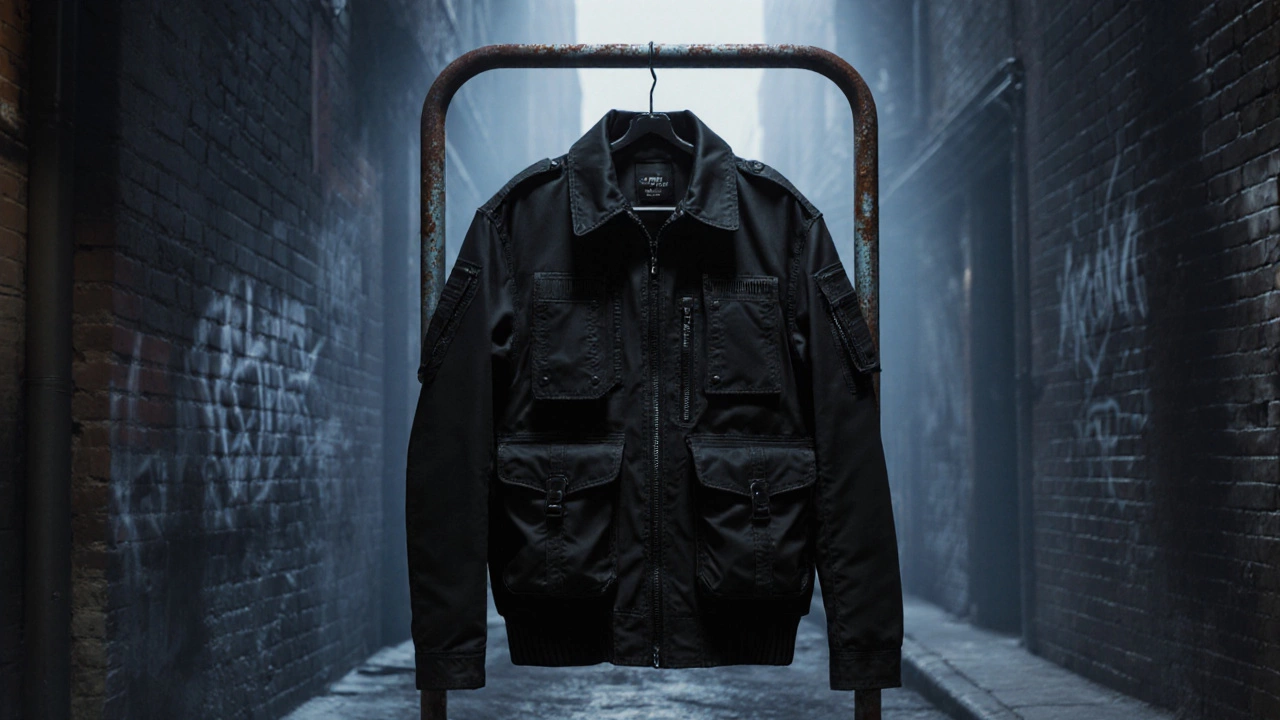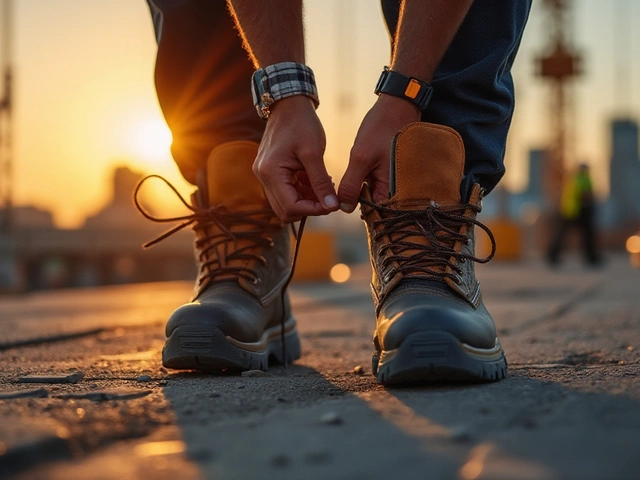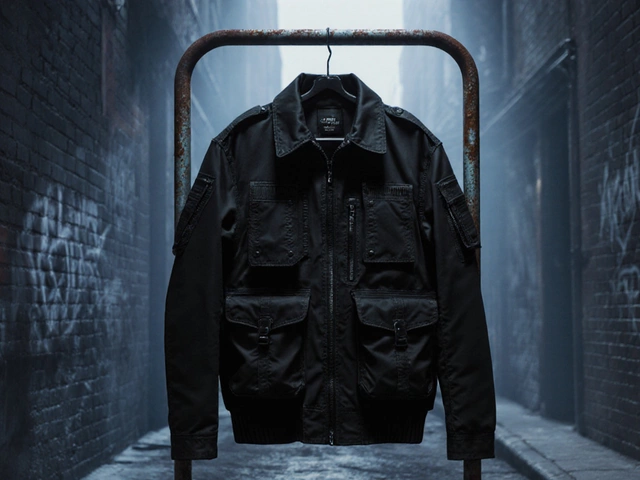Swat Jacket Size Calculator
Use this tool to find the best size for your swat jacket based on your measurements. Follow the sizing guidelines from the article: "Check the brand's size chart, then measure your chest, waist, and arm length. If you're between sizes, most experts recommend sizing up to accommodate layering."
Enter Your Measurements
For best results, measure yourself with a soft tape measure while wearing a similar thickness of clothing you'd wear under the jacket.
Your Recommended Size
When you hear the term swat jacket, you might picture a dark, heavily pocketed coat that looks ready for a high‑stakes chase. In reality, it’s a versatile piece of outerwear that bridges the gap between tactical gear and street style. Below we break down exactly what a swat jacket is, where it comes from, how it differs from similar coats, and how you can make the most of it in your wardrobe.
What Is a Swat Jacket?
Swat jacket is a rugged, utility‑focused outerwear piece originally designed for special‑operations teams and later adopted by fashion‑forward consumers. The name comes from SWAT (Special Weapons and Tactics) units, which needed a durable, weather‑proof layer that could accommodate gear and still allow freedom of movement. Modern versions keep the functional DNA but add styling cues that fit urban environments.
Key Features & Materials
Every swat jacket shares a handful of core attributes:
- Heavy-duty Nylon fabric provides wind and water resistance while remaining lightweight.
- A blend of Polyester and cotton often adds durability and reduces shrinkage.
- Multiple front and side pockets - usually reinforced with bar‑tack stitching - for carrying tools, phones, or wallets.
- A strong front zipper with a storm flap to block drafts.
- Adjustable cuffs and a detachable or zip‑away hood for extra weather protection.
- Stand‑up or quilted collars that double as neck warmth and a subtle style statement.
These components combine to give the jacket its signature weather resistance and functional aesthetic.
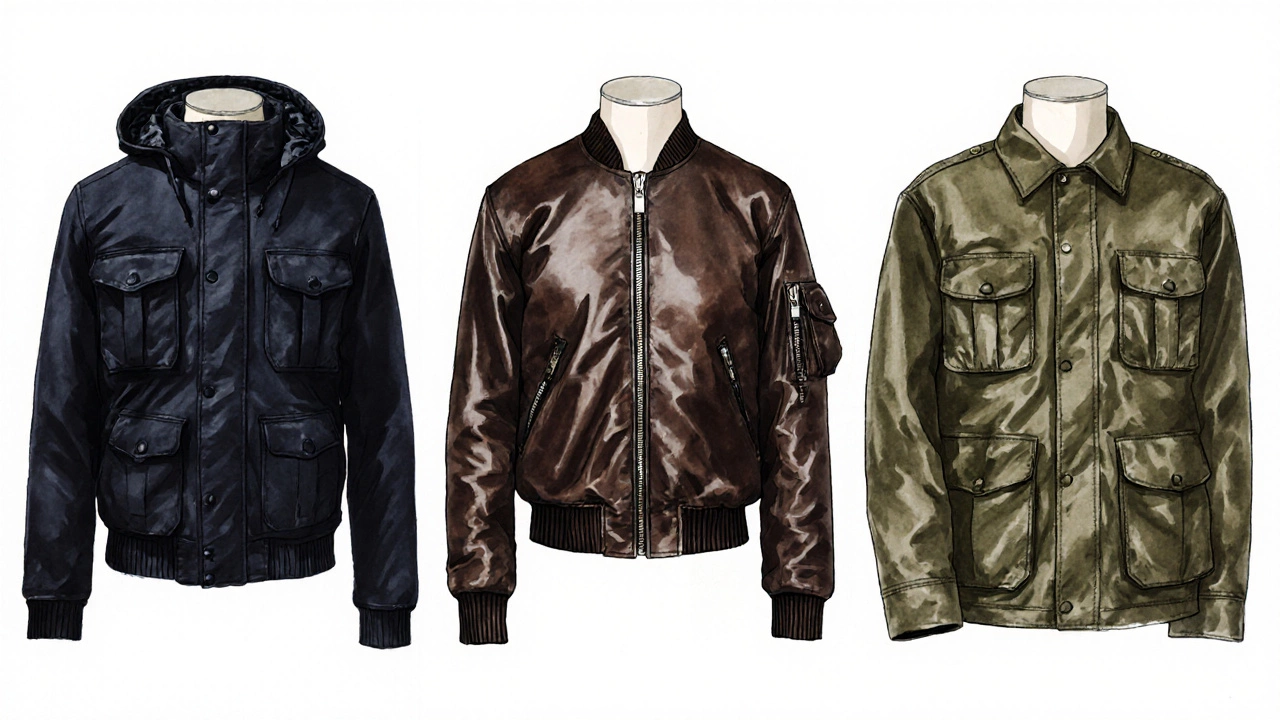
Swat Jacket vs. Other Outerwear
Because the swat jacket lives in a crowded outerwear market, it’s helpful to compare it side‑by‑side with three popular alternatives: the bomber, the field, and the utility jacket.
| Attribute | Swat jacket | Bomber jacket | Field jacket | Utility jacket |
|---|---|---|---|---|
| Primary material | Nylon / polyester blend | Leather or polyester | Cotton canvas | Waxed canvas or heavy cotton |
| Length | Hip‑length, sometimes longer | Waist‑length | Mid‑thigh | Hip‑length |
| Typical use | Tactical, urban streetwear | Casual, aviation heritage | Military, outdoor work | Workwear, heavy‑duty tasks |
| Price range (USD) | $120‑$250 | $80‑$200 | $100‑$220 | $130‑$280 |
| Pocket count | 4‑6 utility pockets + interior | 2‑3 front pockets | 2 large front pockets | 3‑5 reinforced pockets |
While the bomber leans on a sleek silhouette and the field jacket emphasizes camouflage, the swat jacket’s strength lies in its blend of tactical storage and modern street cred.
Styling a Swat Jacket
Because the swat jacket is built to perform, it also offers a lot of flexibility in how you wear it. Here are a few tried‑and‑tested looks:
- Urban minimalist: Pair a matte black swat jacket with a plain white tee, slim dark jeans, and low‑top sneakers. Let the jacket’s pockets and stitching become the focal point.
- Layered tech: Wear a thin performance hoodie underneath, add a technical backpack, and finish with waterproof boots for a weather‑ready aesthetic.
- Retro‑military twist: Choose a olive‑green version, team it with a flannel shirt, cargo pants, and sturdy lace‑up shoes for a nod to classic army style.
Keep the color palette simple-black, navy, olive, or charcoal-so the jacket remains versatile across seasons.
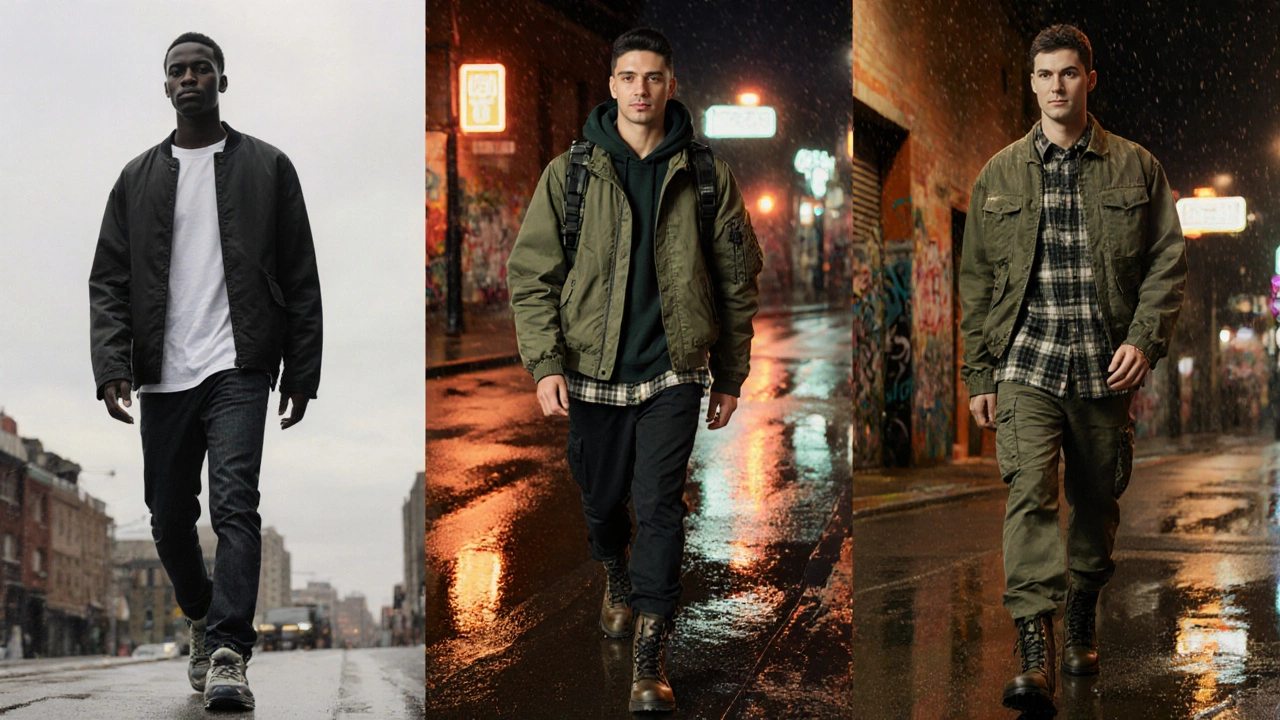
How to Choose the Right Swat Jacket
When you’re ready to buy, focus on four decision points:
- Fit: Look for a snug shoulder seam but enough room in the chest and arms to move comfortably. Most brands offer a “regular” and “relaxed” cut.
- Material quality: Verify the nylon weight (typically 70‑100D) and whether the polyester blend includes a water‑repellent coating.
- Feature set: Decide if you need a removable hood, reinforced elbows, or internal pocket for electronics.
- Price vs. brand reputation: Established tactical brands (e.g., 5.11, Helikon‑TLS) often price higher but provide better warranty and stitching integrity.
Try the jacket on with the layers you plan to wear underneath; a good swat jacket should feel like a second skin, not a rigid shell.
Care & Maintenance
Maintaining the jacket’s performance ensures it lasts for years:
- Spot‑clean with a mild detergent and a soft brush; avoid harsh chemicals that can strip the water‑repellent finish.
- If the jacket is machine‑washable, use a gentle cycle, cold water, and zip all fasteners before washing.
- Air‑dry on a hanger; tumble drying can melt synthetic fibers or weaken seam tape.
- Apply a spray‑on DWR (Durable Water Repellent) treatment once a year to restore rain protection.
Regular upkeep keeps the fabric breathable and the pockets from tearing.
Frequently Asked Questions
Is a swat jacket suitable for everyday wear?
Absolutely. Its clean lines and neutral colors let it blend into casual outfits, while the functional pockets add a practical edge that many people appreciate for city life.
How does a swat jacket differ from a typical snow jacket?
A snow jacket prioritizes insulation and a high collar for extreme cold, often using down or synthetic fill. A swat jacket focuses on durability, pocket capacity, and a slimmer profile, making it lighter and more versatile for mild to moderate weather.
Can I wear a swat jacket in rain?
Yes, as long as the jacket’s nylon or polyester blend has a water‑repellent coating. For heavy downpours, a dedicated rain shell will perform better, but most swat jackets can handle light to moderate rain without soaking through.
What size should I order online?
Check the brand’s size chart, then measure your chest, waist, and arm length. If you’re between sizes, most experts recommend sizing up to accommodate layering.
Are there eco‑friendly swat jacket options?
Yes. Some manufacturers now use recycled nylon and polyester fibers, and they often apply eco‑friendly DWR treatments. Look for certifications like GRS (Global Recycled Standard) when shopping.
